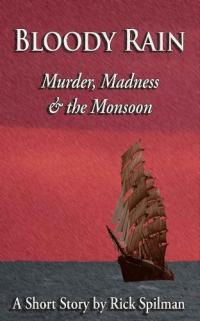 My short story Bloody Rain — Murder, Madness and the Monsoon, set on a sailing ship in the 1880s, is free as an ebook on Amazon and Barnes & Noble. That’s right — free. Feel free to grab a copy.
My short story Bloody Rain — Murder, Madness and the Monsoon, set on a sailing ship in the 1880s, is free as an ebook on Amazon and Barnes & Noble. That’s right — free. Feel free to grab a copy.
About the short story: Queen Charlotte was a fine, three-masted iron bark; trim, low and fast on a reach – in all respects, the perfection of the shipbuilder’s art. If she had a single great flaw, it was on her quarterdeck in the man that the owners had chosen as captain. Captain John McPherson maintains absolute control over his ship and those who sail upon her. The only one that he cannot control is himself, slipping into murder and madness in the face of the relentless monsoon.
If you like Bloody Rain, (or even if you don’t,) a short review is always appreciated. You may also want to check out my award-winning novels, Hell Around the Horn; The Shantyman; and my latest, Evening Gray, Morning Red.


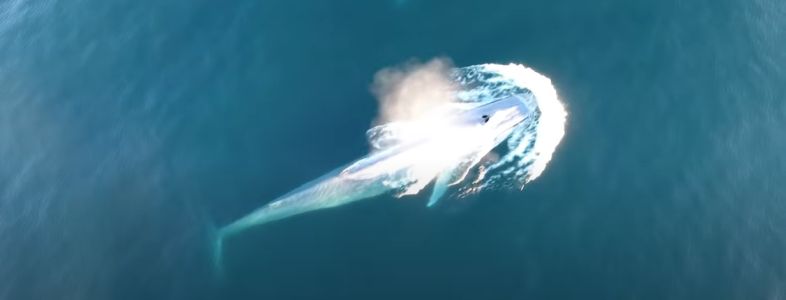
 Remember
Remember 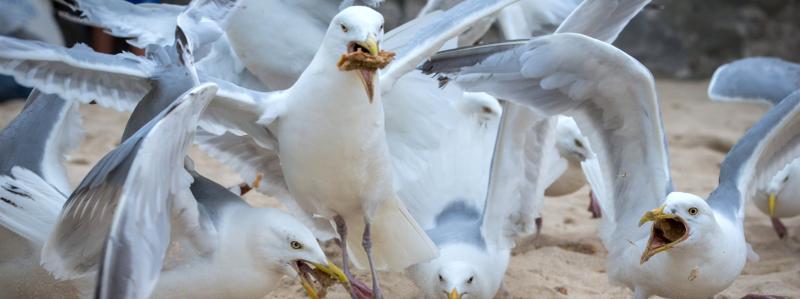
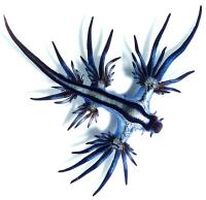 Tiny, beautiful, and dangerous blue dragon sea slugs are washing ashore on Texas beaches.
Tiny, beautiful, and dangerous blue dragon sea slugs are washing ashore on Texas beaches.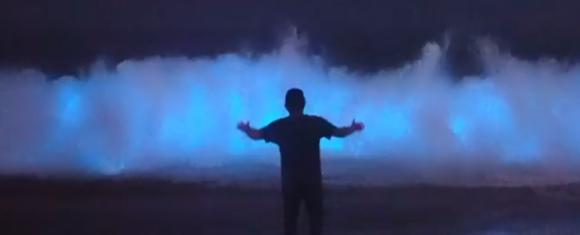
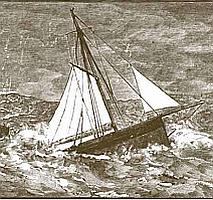 Here is another old favorite, a companion repost to yesterday’s repost of
Here is another old favorite, a companion repost to yesterday’s repost of  I am traveling this week, so it seems like a good time to repost an old blog favorite, the remarkable story of the unsinkable Hugh Williams.
I am traveling this week, so it seems like a good time to repost an old blog favorite, the remarkable story of the unsinkable Hugh Williams.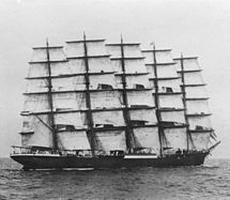
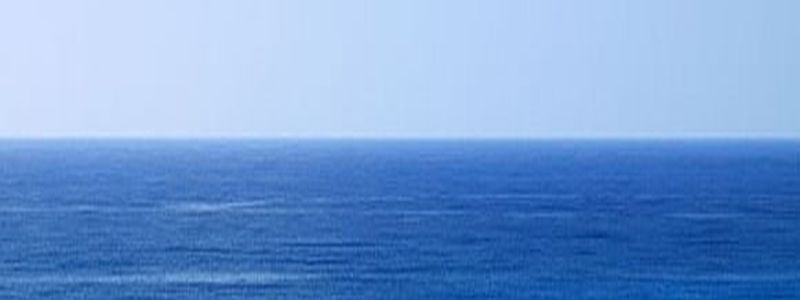 For the next fortnight, I will be a passenger on a sailing ship crossing the briny blue of the Atlantic. This seems like a good time to make an updated repost on the color blue.
For the next fortnight, I will be a passenger on a sailing ship crossing the briny blue of the Atlantic. This seems like a good time to make an updated repost on the color blue.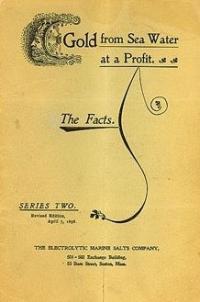
 As Women’s History Month comes to a close, it seems a good time to remember
As Women’s History Month comes to a close, it seems a good time to remember 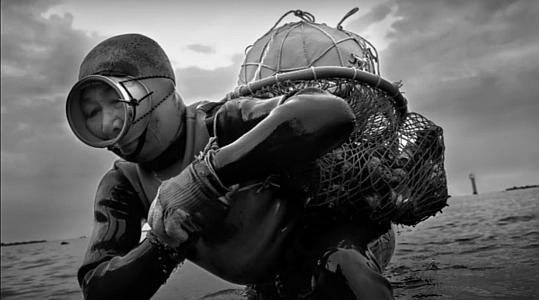 An updated repost in honor of Women’s History month.
An updated repost in honor of Women’s History month. 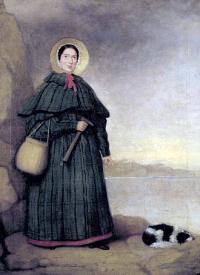
 At approximately 1:30 AM this morning, the Singapore-flagged, 10,000 TEU container ship,
At approximately 1:30 AM this morning, the Singapore-flagged, 10,000 TEU container ship, 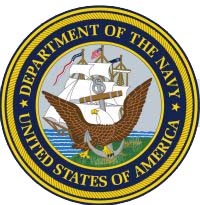
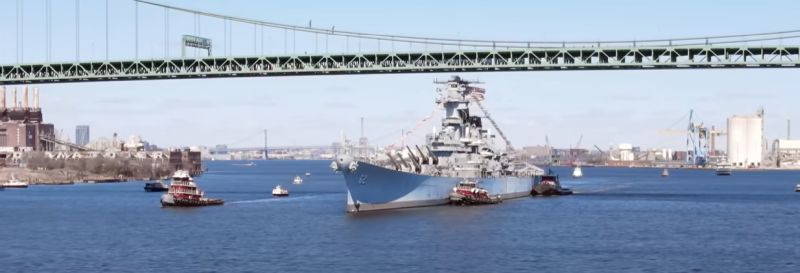 At the beginning of the month,
At the beginning of the month,